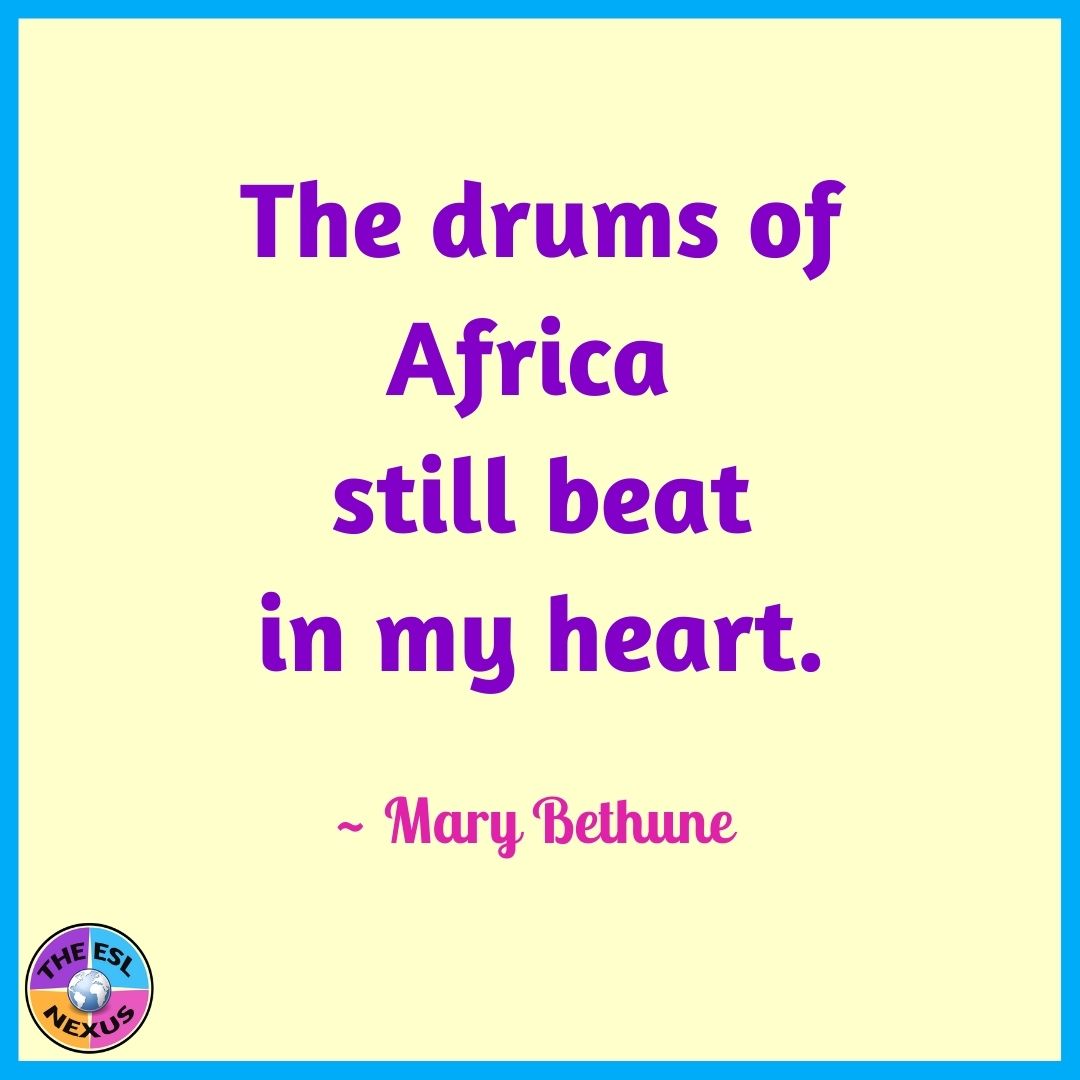WHAT I BOUGHT
Postcard
 |
| Source: The ESL Nexus |
I received 3 of the items a few months later but not the postcard from Timbuktu. I chose the option to have a student draw a picture on my postcard and I suspect because I placed my order just as the coronavirus pandemic was beginning to impact everything, that was partly the reason. So I waited several months and then contacted the organization (which they ask customers to do if the postcard doesn’t arrive). They promptly mailed another postcard which I received a few months afterwards. It *was* coming from Timbuktu after all!
Artwork
 |
| Source: The ESL Nexus |
The Postcards from Timbuktu website offers you the opportunity to get a word written in Arabic calligraphy by a master calligrapher. It comes as an A4 sized poster. You can read more about it HERE. Since I already have a piece or art with my name written in a special kind of Chinese calligraphy, I decided to get my name written in Arabic. But then the problem was figuring out how to say my name in Arabic. Fortunately, a friend of mine is a native Arabic speaker and he helped me choose the word that I felt was best. I love this artwork!
After looking around the Postcards From Timbuktu website, I also decided to get a piece of mudcloth. This is a particular type of West African textile that Mali is famous for. The website suggests using the mudcloth as a matte for the calligraphy poster but I’m not sure I want to use it that way because I think it hides too much of the design.
Artifact
 |
| Source: The ESL Nexus |
The last thing I purchased was a container of salt. The small round box my salt came in measures about 3.5” in diameter. It’s made a camel leather but feels solid like wood. It’s in a teal color which, it turns out, is made from indigo – so cool. There’s a little card inside the box explaining where the salt comes from. The website says the salt isn’t food grade but I couldn’t resist tasting a loose flake: Yup, it’s definitely salt!
USING REALIA: AFRICAN ARTIFACTS
When I taught my ESL World Geography class, among other things I used artifacts I acquired when I was a Peace Corps Volunteer in Sierra Leone. But if you aren’t fortunate enough to have had such an experience, you can use these materials from Postcards from Timbuktu or other items you may have from Africa. These ideas are also applicable when teaching about other regions, though of course you will need to use realia from there instead. (I have no financial connection to Postcards From Timbuktu; I just really like their products and their mission to support local craftspeople and a school.)
Display an artifact. When I did this, I set out several items on a couple desks and students walked around looking at them. (Not only did that get them up and moving around, it also let them see each thing up close.) If you have English language Learners at lower proficiency levels of English, you may want to tell your students to talk about each artifact with a partner after they’ve had time to examine each one. Then tell students to pick an artifact and write about it. I instructed my students to use sensory words and to be as descriptive as possible.
Depending on their language proficiency, you can have beginners just write words or phrases in a list; intermediate level ELLs can write a paragraph or two; advanced ELLs and native English speakers can write a short composition. Allow however much time you feel is sufficient for this – it can be the bulk of your class time or just a short quick-write to introduce a lesson.
When they were finished writing, I asked for volunteers to read what they wrote. Then I asked the class to guess which artifact was being described. Often, but not always, they guessed correctly.
As a follow-up, you can ask your students to peer edit their work and then rewrite it for homework.
TPT RESOURCE BASED ON AFRICAN ARTIFACTS
 |
| Source: The ESL Nexus |
If you aren’t able to find actual realia from Africa, you might find this resource a suitable alternative. It includes 12 photographs of artifacts I bought in Sierra Leone. Background information about each image is included, along with a map of Africa and a picture of the Sierra Leonean flag. You can also use the clipart to create a bulletin board display or use the images for your own classroom materials.
 |
| Graphic created by: The ESL Nexus |
There are lots more ways to use realia in the classroom and in future blog posts, I will offer some more ideas.




